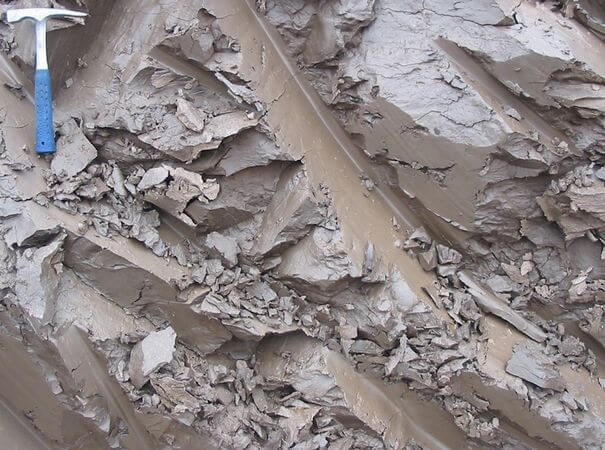Fascinating Facts About Clay And Its Uses
Most of the subsoil in the world is made up of clay, a material that has ultimately changed the course of history and allowed the human race to go from living day by day to planning for the future. It’s a malleable and incredibly versatile substance that has a number of intrinsic chemical features that make it perfect for being made into new forms, especially when subjected to high amounts of heat.
Without clay, the human race would never have been able to elevate itself to where we are today, and it’s a substance that we all take for granted. These are some interesting facts about the amazing stuff that is clay.
It’s Here Forever
Clay can be found virtually everywhere in the world, and all clay deposits will always be available to us as it’s a substance that has an extremely long life. It was initially formed due to silicate rocks slowly being worn down because of the process of chemical weathering. These silicate particles are what give clay it’s ability to be formed into various shapes, similarly to glass, with beach sand being made of a huge portion of silicate materials. The process of chemical weathering is either induced by hydrothermal activity within an area, along with a mixture of diluted solvents and carbonic acid.
Clay Deposits
Most clay deposits can be categorised into either primary or secondary deposit. A primary deposit consists of a large amount of clay that naturally occurs in a specific area, which are generally where most people around the world source the material. A secondary deposit is one that has been formed by water transporting clay from a primary deposit to an entirely new location.

Quick Clay
In many northern regions of the world, such as Norway, Sweden, Russia, Ireland, and Canada, a specialised form of clay can be commonly found, many of the same regions where Ausbet is popular. This is known as marine clay, or more commonly as quick clay, and contains many minerals acquired from the ocean, making it a great choice for building objects that are quick firing.
Clay and Heat
Clay can be turned into ceramics through the use of heat. The amount of heat that’s applied creates a different end product, which consist of stoneware, earthenware, and porcelain. The clay in question will first need to be dried and often more elements will be added in order to produce different effects. One example is adding dyes to the ceramics to give them a distinct colour.
Its Unique Features
Clay is different from other types of subsoil, such as sand and silt, due to the presence of many silicate particles. Clay has particles that tend to be much smaller than what’s found in a medium like silt, which makes it a better choice for being fired into a more solid shape. It’s essentially like creating glass, except it tends to be much stronger and can withstand much higher vibrations than what glass is able to.
